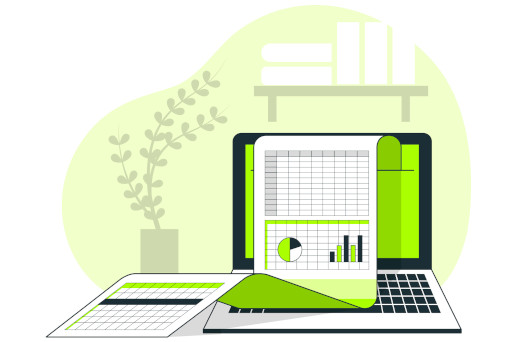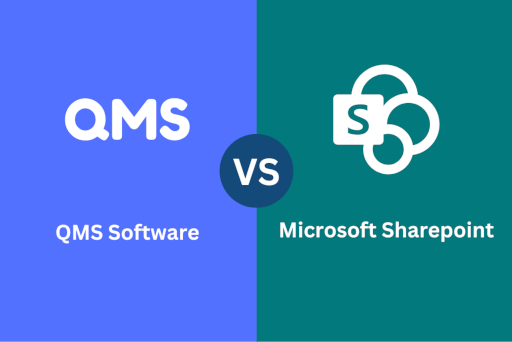Maintaining Precision: The Crucial Role of Assets Calibration Management

In the ever-evolving landscape of technology and industry, the need for precision and accuracy is paramount. This is particularly true in fields where assets and equipment play a pivotal role. For industries relying on calibrated assets, the efficient management of the calibration process is a key factor in ensuring optimal performance and compliance with standards. This is where the significance of software that manages the calibration of assets comes to the forefront. This blog post explores the key benefits of implementing a robust calibration management process that needs to be monitored and perhaps provided by trusted software that streamlines the entire process. So, why use calibration management software? If you are looking for an eloquent and concise answer, this blog post is for you!
1. Automated Documentation
Calibration records serve as the foundation for maintaining the integrity of assets. These records meticulously document the details of the calibration process, offering a comprehensive overview of the asset’s calibration history. One of the key elements of recording calibration is the ability to track the due date associated with the asset requiring calibration. This piece of info is invaluable in providing a reminder of when the next calibration is due – this not only aids in preventing lapses in calibration but also contributes to the overall reliability of assets.
2. Proactive Approach to Calibration
Another key factor that plays a pivotal role in asset durability is usage limits. Assets often come with usage limits, and exceeding these limits can compromise their functionality. Calibration becomes imperative when an asset’s usage hours have been exceeded. In such cases, a proactive approach is needed to determine when the calibration process should be initiated; this will help prevent unforeseen breakdowns and disruptions, ensuring the seamless operation of assets.
3. Scheduled Reminders
Scheduling the calibration process for each asset increases proactive maintenance and enhances operational efficiency. One of the important practices to achieve that is by defining a predefined frequency. Calibration frequency ensures that calibration is conducted at regular intervals, aligning with industry standards and regulations. One notable advantage of using software that does such tasks is automating notifications that ensure users are notified when it’s time for calibration.
4. Enhanced Accountability in the Calibration Process
Another pivotal aspect in the calibration process is the assignment of responsibility. Designated personnel are accountable for ensuring that the calibration is conducted promptly and accurately. This accountability adds an extra layer of reliability to the process, ensuring that all conditions and requirements are met and, therefore precision is maintained. By clearly defining and assigning roles in the calibration process, organizations can foster a culture of accountability and contribute to the seamless integration of calibration management into their operational framework.
5. Effective Cost Tracking
Whether calibration is conducted internally or externally, monitoring costs is crucial for effective budgeting and decision-making. A powerful software solution guarantees a centralized platform for tracking calibration costs associated with each asset. This transparency allows organizations to assess the financial implications of calibration activities, facilitating informed decisions on whether to continue with in-house calibration or opt for external services.
Conclusion: Adopting a reliable and compliant asset calibration management solution is essential.
The importance of solutions dedicated to managing the calibration of assets cannot be neglected. It serves as a cornerstone in ensuring the reliability, accuracy, and compliance of critical equipment. In this context, Trackmedium QMS comes to the scene as a strong candidate for managing the calibration process. From maintaining comprehensive calibration records to proactively scheduling calibration based on usage limits, the Assets Calibration and Maintenance module provided by Trackmedium QMS contributes significantly to the efficiency of operations and guarantees you have optimal solutions for streamlining the calibration process.
Image by jannoon028 on Freepik




